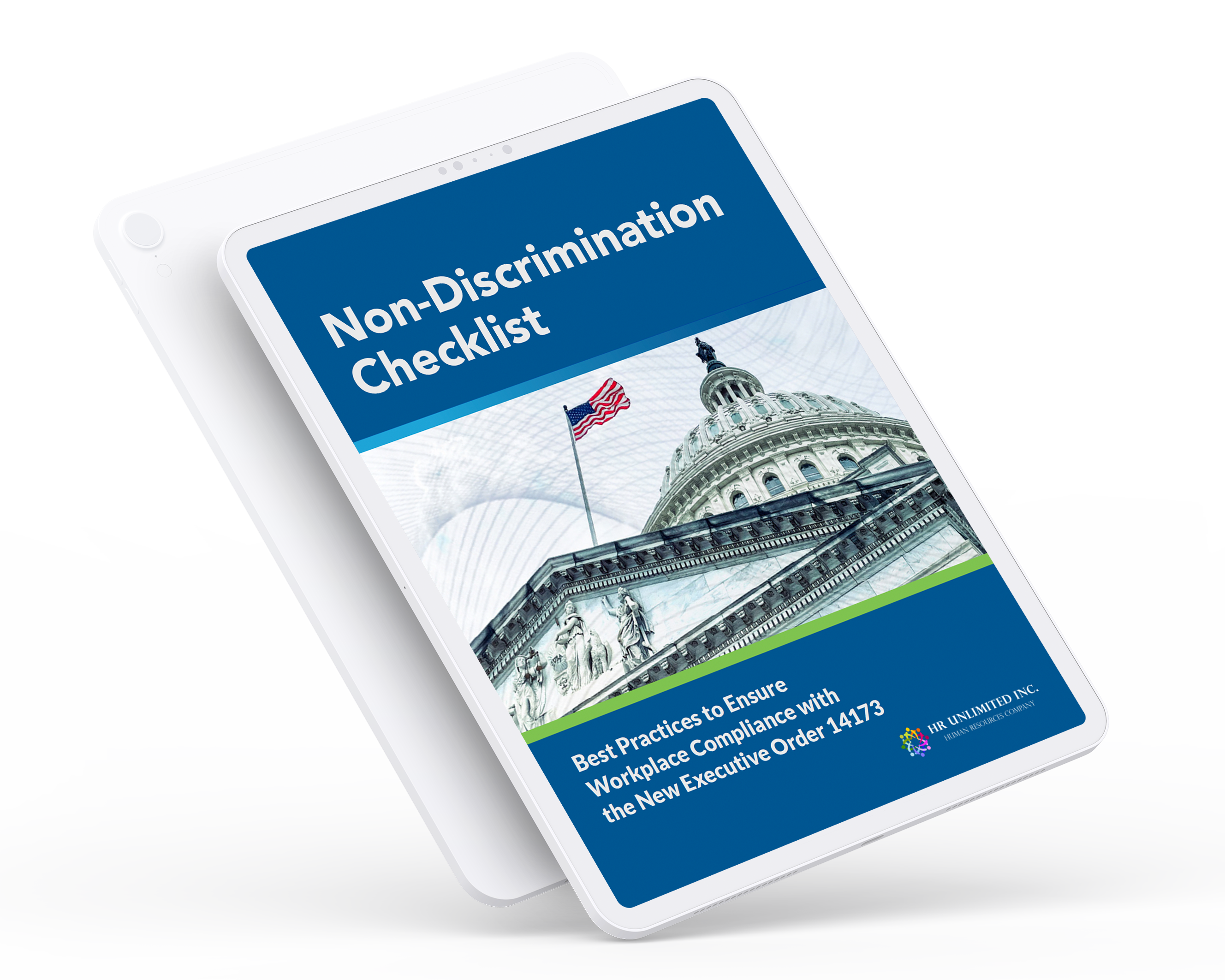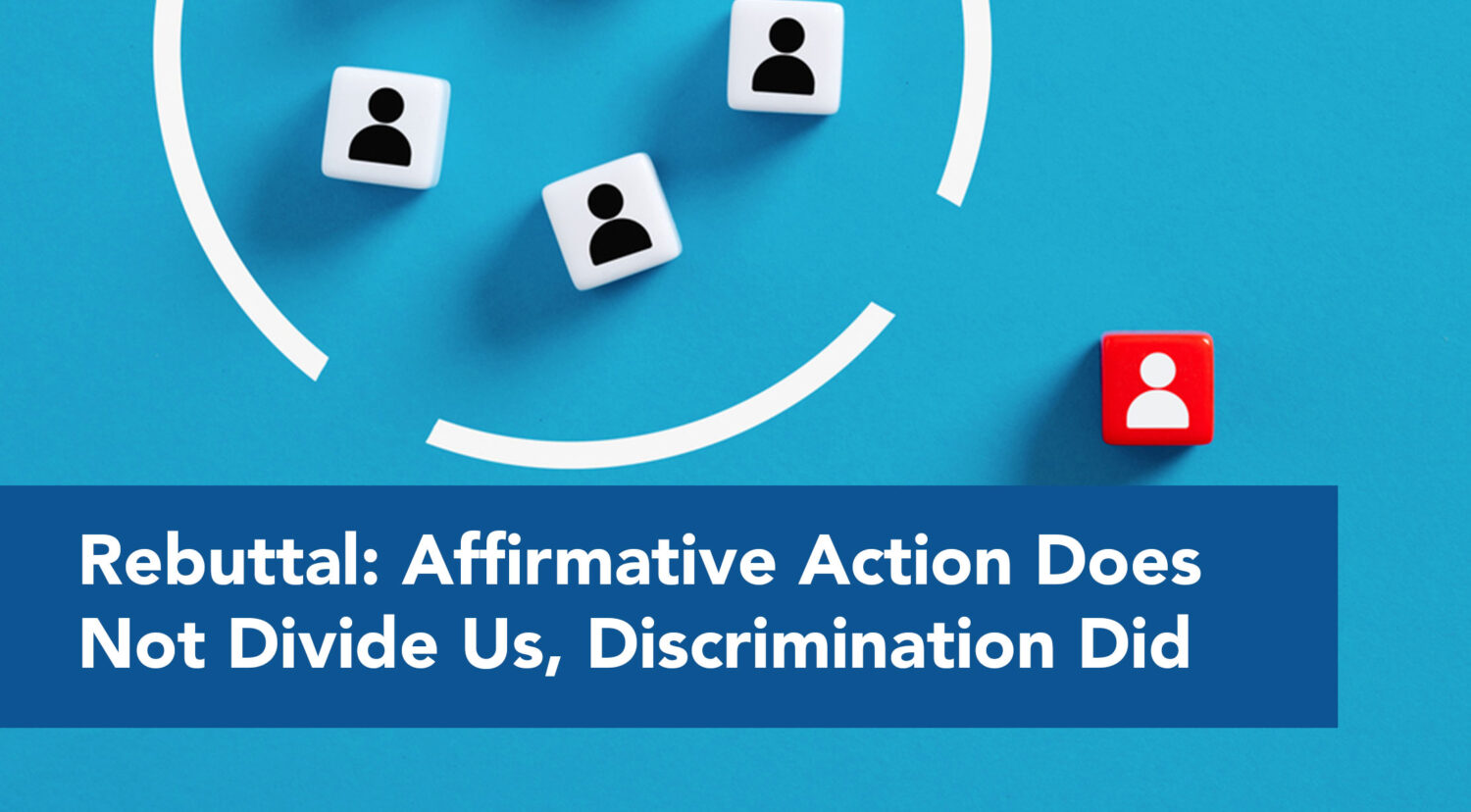On April 8, 2014 also known as Equal Pay Day, President Obama signed Executive Order 13665, which prohibits federal contractors from retaliating against employees who choose to disclose or discuss their compensation. On July 21, 2014 the OFCCP submitted to the Office of Management and Budget proposed regulations intended to implement E.O. 13665. If the OMB approves the proposed regulations, they will likely be published in the Federal Register in September for public comment. Proponents tout the Executive Order as critical in encouraging pay transparency, because it enables employees to discover potential violations of equal pay laws and to seek redress.
Proponents assert that even with the passage of the Lilly Ledbetter Fair Pay Act, many women might not know they are underpaid and they therefore would be unable to take the necessary steps to remedy their situation. The Executive Order is intended to address such concerns. While the goal is laudable, the rationale appears to overlook two points: 1) EO 13665 only applies to federal contractors that are covered under EO 11246. Therefore employees whose employers are not federal contractors will not benefit from EO 13665 or any implementing regulations and; 2) Workers already have the right to discuss their pay under the National Labor Relations Act (NLRA) Section 7, which covers most employers, not just federal contractors. Furthermore, NLRA Section 8 already forbids retaliation against any worker who exercises their rights under NLRA Section 7. There is a common misconception that the NLRA only applies to union settings. That is not true. Therefore, EO 13665, while admittedly well-intentioned may be largely redundant if not unnecessary.
While it may not have received as much attention as the Executive Order, the Presidential Memorandum released at or around the same time may be far more significant. The Memorandum instructs the Secretary of Labor to establish new regulations requiring federal contractors to submit summary data to the Department of Labor on compensation of their employees, including a breakdown by sex and race. Up until now, federal contractors only had to submit this information in an audit. New regulations will require routine submission of such data. The Secretary of Labor has 120 days to propose the new rule and must balance two conflicting priorities: 1) privacy and confidentiality concerns of employees and companies and 2) gathering enough statistical information to identify potential pay discrepancies to comply with pay equity laws. The challenge becomes more complex when one considers different structures employers use, such as bonuses, commissions, piece work rates, stock options and other types of compensation—in addition to the usual base salary and wages.
The Presidential Memorandum highlights what both the Obama Administration and the OFCCP have been signaling for quite some time now: federal contractors can continue to expect greater scrutiny of their compensation practices. That said, here are some proactive measures that federal contractors can take, and should strongly consider taking, now:
1. Maintain systematic records establishing reasons for differences in starting pay (such as experience gained from prior jobs, career changes, returning from career interruptions, and other objective criteria). Resumes, offer letters, pay records from previous jobs can help explain some of the differences, particularly in starting pay.
2. Maintain individual performance histories and information on prior “unit” performance as reflected in raise pools. Performance affect previous pay decisions, which in turn affect current pay; size of raise pools, where applicable, can also explain pay differences.
3. Track reporting structures, including direct and indirect reports for supervisory and management employees. Employees with either or higher-level direct reports will have more responsibility, which will tend to justify higher pay.
4. Track other indicators such as budgets or customer accounts, which entail responsibility which in turn may be reflected in such employees’ pay.
5. Conduct a Pay Equity Study, controlling for factors affecting pay, assessing how well such factors explain pay differences. When the factors used do not effectively explain pay differences, employers must consider either adjusting the factors, adjusting the pay, or both.
6. Involve either in-house or outside counsel from the beginning to ensure that the investigation is privileged. Otherwise you may have to produce the file if the OFCCP or other government entity requests it.
For more information, contact Ahmed Younies at 714-426-2916 or [email protected]
- Services
-
-
- Our Expertise
- Annual Employment Practices AssessmentThe AEPA is a thorough, systematic review of your company’s employment practices.
- Complaint Investigations & Resolving ClaimsWe help businesses proactively address discrimination, harassment, and retaliation concerns, ensuring workplace integrity and compliance.
- Equal Opportunity (EEO) ProgramMaintain compliance, fulfill federal contract requirements, and implement effective workforce equity strategies that align with current regulations.
- Barrier Analysis & Equal OpportunityIdentify and remove systemic obstacles in hiring, promotion, and workplace policies that may unintentionally limit equal opportunity.
- Mock EEO Audits & Workplace DiscriminationWe provide organizations with an in-depth, risk-based analysis of their hiring, compensation, and promotion practices.
- Compensation Plans/FLSA ComplianceExpert guidance on competitive pay structures, fair practices, and aligned compensation strategies.
- Affirmative Action ProgramsWe ensure that your Affirmative Action Programs are accurately developed and maintained per current OFCCP requirements.
- HR On-DemandFlexible, expert HR support for compliance, employee relations, and strategic consulting, tailored to your business.
-
Our Solutions
-
-
- Webinars
- About
-
-
Latest Insights
-
- Resources
- Contact
- Get In Touch
- Client Portal
- Search
- Get In Touch





